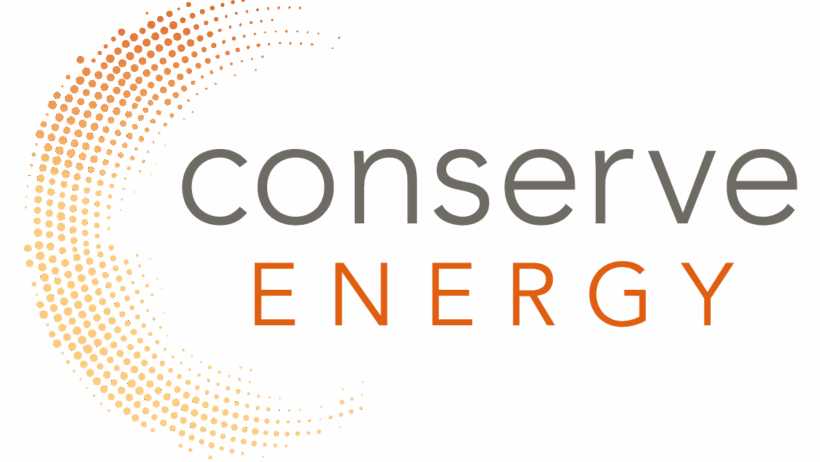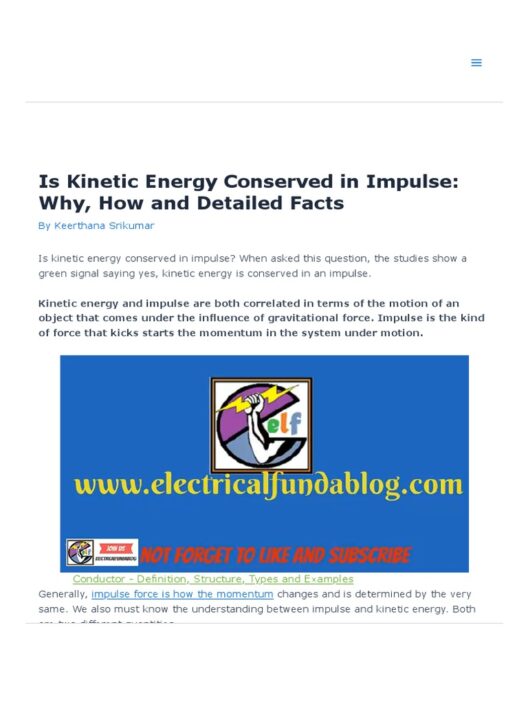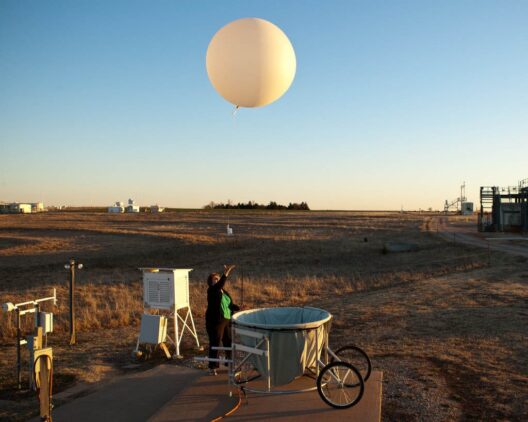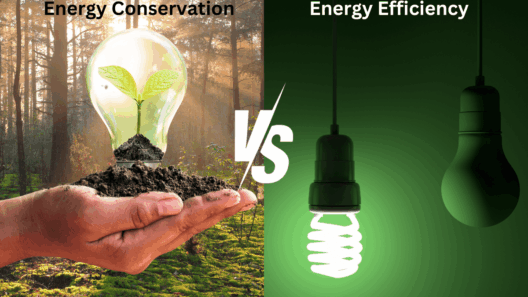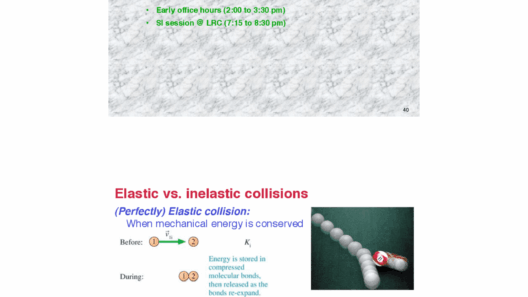As electric vehicles (EVs) such as Teslas gain popularity, the focus on energy conservation becomes increasingly pertinent. Understanding how to maximize efficiency in your Tesla can not only prolong your vehicle’s battery life but also contribute to a more sustainable future. This guide delineates various strategies encompassing driving habits, technological applications, and maintenance practices to help you conserve energy in your Tesla.
1. Understanding Your Tesla’s Energy Consumption
Before implementing energy conservation techniques, it is crucial to comprehend how your Tesla consumes energy. Tesla vehicles are equipped with detailed energy consumption metrics accessible via the touchscreen display. Familiarize yourself with the energy usage statistics, such as miles per kilowatt-hour (kWh) and your typical energy consumption patterns. These insights can guide you in modifying driving habits effectively.
2. Optimize Your Driving Habits
Driving style directly influences energy efficiency. Here are some key practices to incorporate:
- Gentle Acceleration: Instead of rapid acceleration, gradually increase your speed. This reduces energy drain significantly. A gentle accelerator input can enhance your overall efficiency.
- Regenerative Braking: Utilize Tesla’s regenerative braking system strategically. This feature converts kinetic energy back into stored energy when decelerating. Become accustomed to it by anticipating stops, which will optimize energy recovery.
- Maintain a Steady Speed: Using cruise control can help maintain a consistent speed, avoiding unnecessary acceleration and deceleration that wastes energy.
3. Environmental Conditions
The environment can greatly impact your Tesla’s energy efficiency. Here are several considerations:
- Climate Control: HVAC systems can be significant energy consumers. Instead of using climate control extensively, consider preconditioning your vehicle while it is still plugged in. This method utilizes grid power instead of battery energy.
- Battery Temperature Management: Operating within optimal temperature ranges is vital for battery efficiency. Utilize the ‘Range Mode’ feature in colder weather to reduce energy consumption for heating.
- Wind Resistance: Remove unnecessary roof racks or cargo carriers when not in use. These additions can create drag and lead to increased energy consumption.
4. Efficient Charging Practices
Your charging habits significantly influence energy conservation as well. Employ the following strategies to maximize battery efficiency:
- Optimal Charging Levels: Avoid charging your Tesla to 100% on a regular basis; keeping the charge between 20% and 80% can enhance battery lifespan and efficiency. Full charges are recommended only for long trips.
- Time-of-Day Charging: If your utility offers time-of-use billing, charge during off-peak hours when electricity rates are lower. This choice not only saves money but may also allow the use of cleaner energy sources at that time.
- Utilize Destination Charging: Tesla’s destination charging locations can be convenient and efficient. Plan your routes to take advantage of these facilities, allowing for extended journeys without depleting your battery dangerously.
5. Maintenance for Energy Conservation
Keeping your Tesla in peak condition ensures that it operates efficiently. Here are critical maintenance practices:
- Tire Maintenance: Regularly check and maintain tire pressure. Under-inflated tires increase rolling resistance, causing your vehicle to consume more energy. Follow the manufacturer’s recommendations for tire pressure.
- Software Updates: Tesla vehicles frequently receive over-the-air updates that enhance performance and efficiency. Ensure your vehicle’s software is always up to date to benefit from the latest advancements and refinements.
- Battery Health Checks: Monitor battery temperature and health through the Tesla app. Keeping the battery in good condition is essential for optimizing energy usage.
6. Utilize Tesla’s Built-in Features
Tesla integrates several features that promote energy conservation. Familiarizing yourself with these can provide significant advantages:
- Chill Mode: Activating Chill Mode softens the acceleration, leading to smoother driving and conserving battery energy, particularly in urban settings.
- Range Mode: This setting modifies climate settings and performance characteristics to increase range and efficiency on longer trips. Use it during road trips to maximize battery longevity.
- Smart Preconditioning: This feature allows the vehicle to predictively heat or cool the cabin and battery prior to your departure, ensuring that energy isn’t wasted when running standalone heating or cooling systems.
7. Lifestyle Considerations
Your lifestyle choices can also play a role in energy conservation. Consider the following:
- Carpooling: Reduce energy consumption by carpooling whenever possible. Sharing rides can minimize the number of vehicles on the road, thus reducing overall energy consumption.
- Active Lifestyle: Engage in activities, such as biking or walking for shorter distances rather than driving. This reduces your reliance on your Tesla for every trip, thus promoting energy conservation.
In conclusion, conserving energy in a Tesla is achieved through a multifaceted approach encompassing mindful driving habits, judicious charging practices, regular maintenance, and leveraging technology. By adopting these strategies, Tesla owners can not only extend their vehicle’s efficiency but also contribute positively to the larger goal of reducing carbon footprints and promoting a sustainable future. The transition to electric vehicles is not only technological but also behavioral, and every small effort counts in the ongoing endeavor against climate change.



